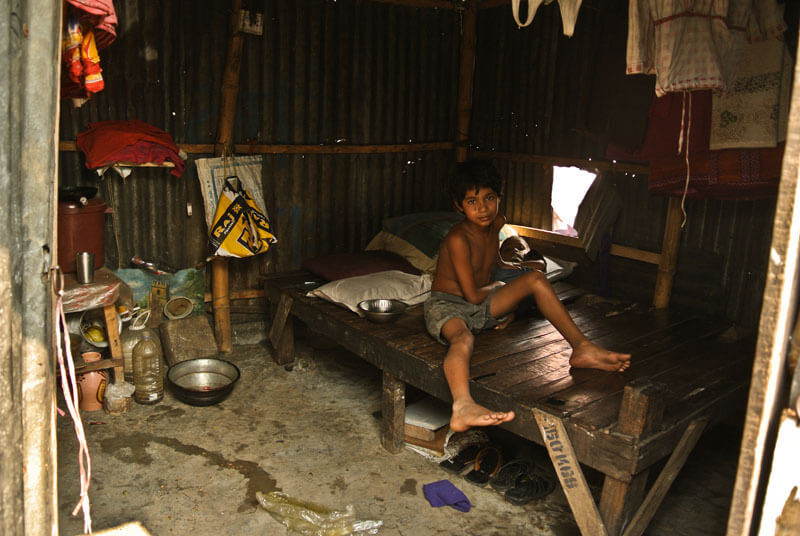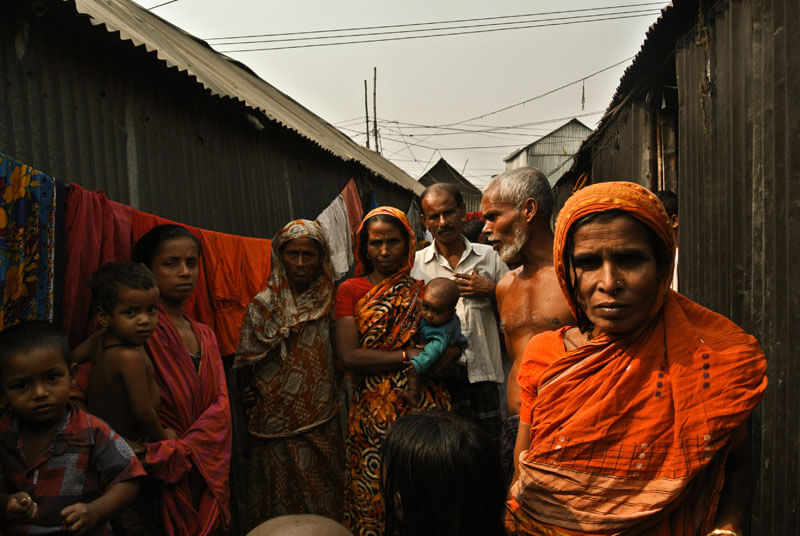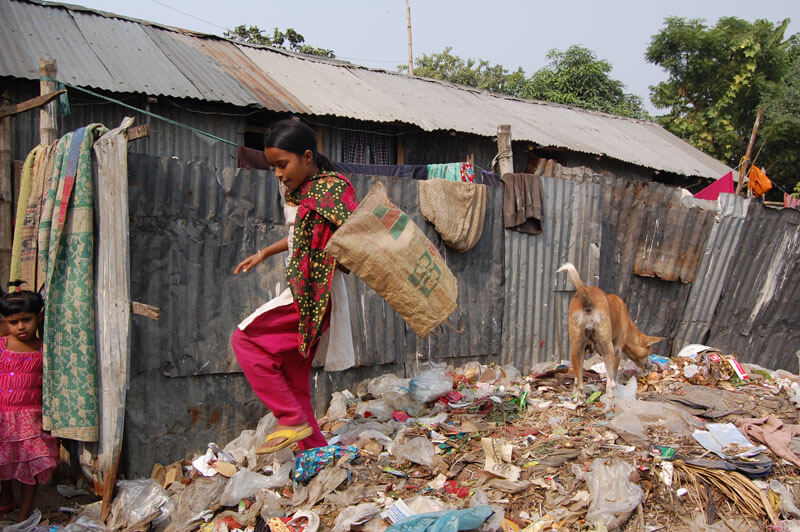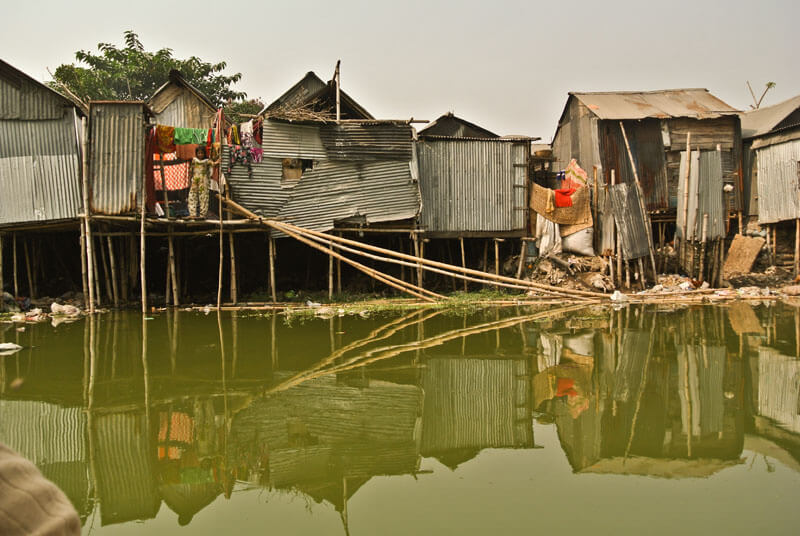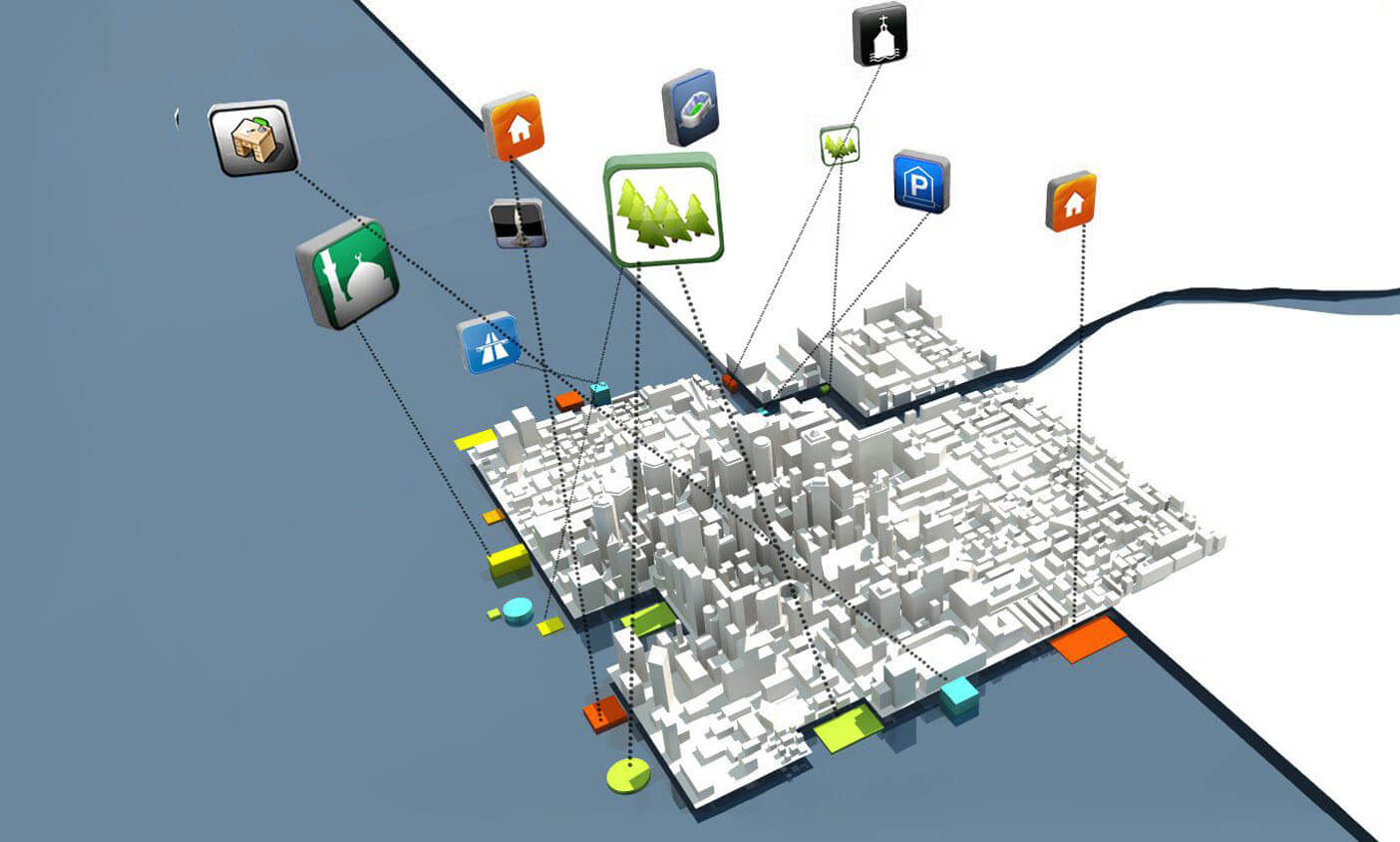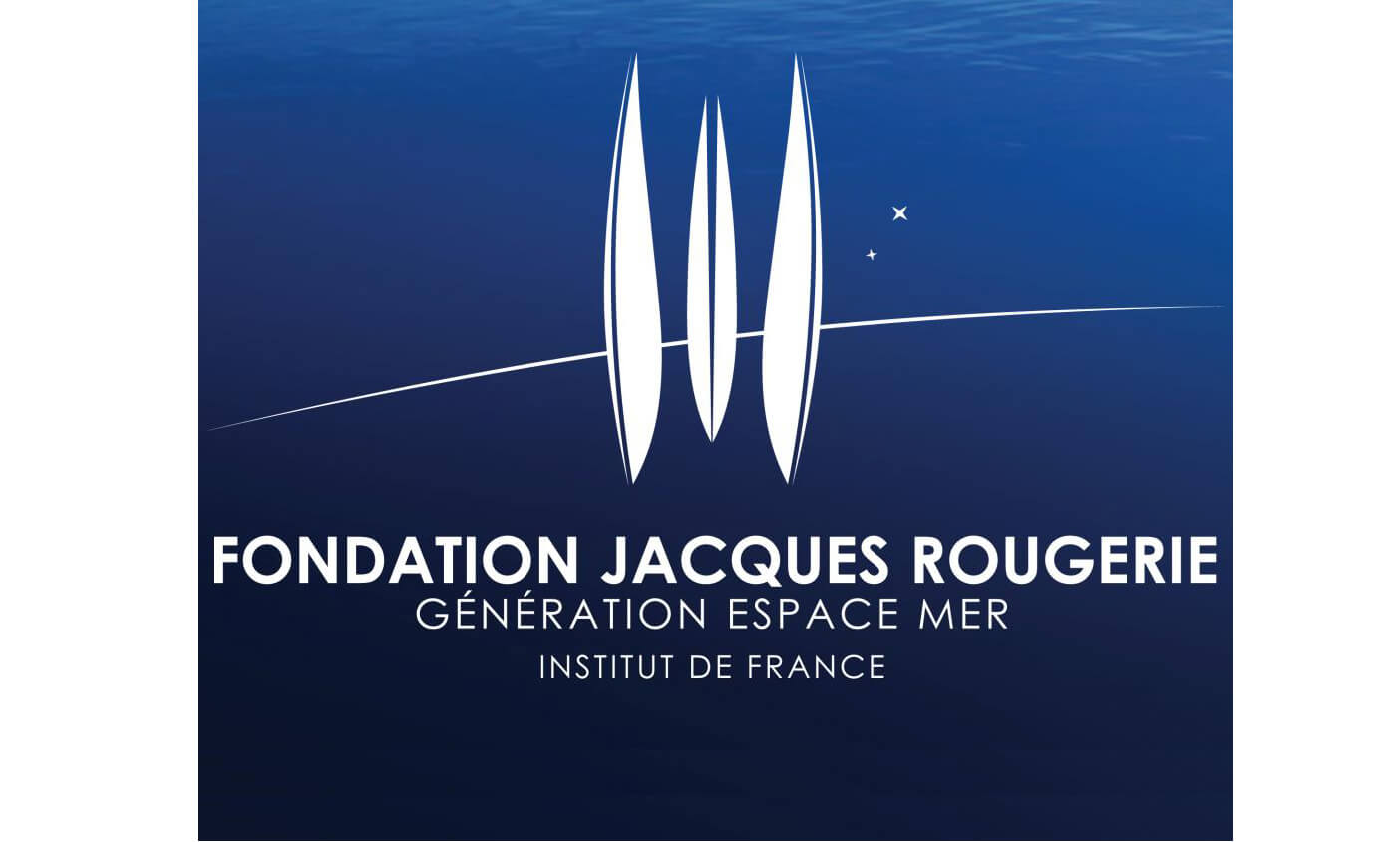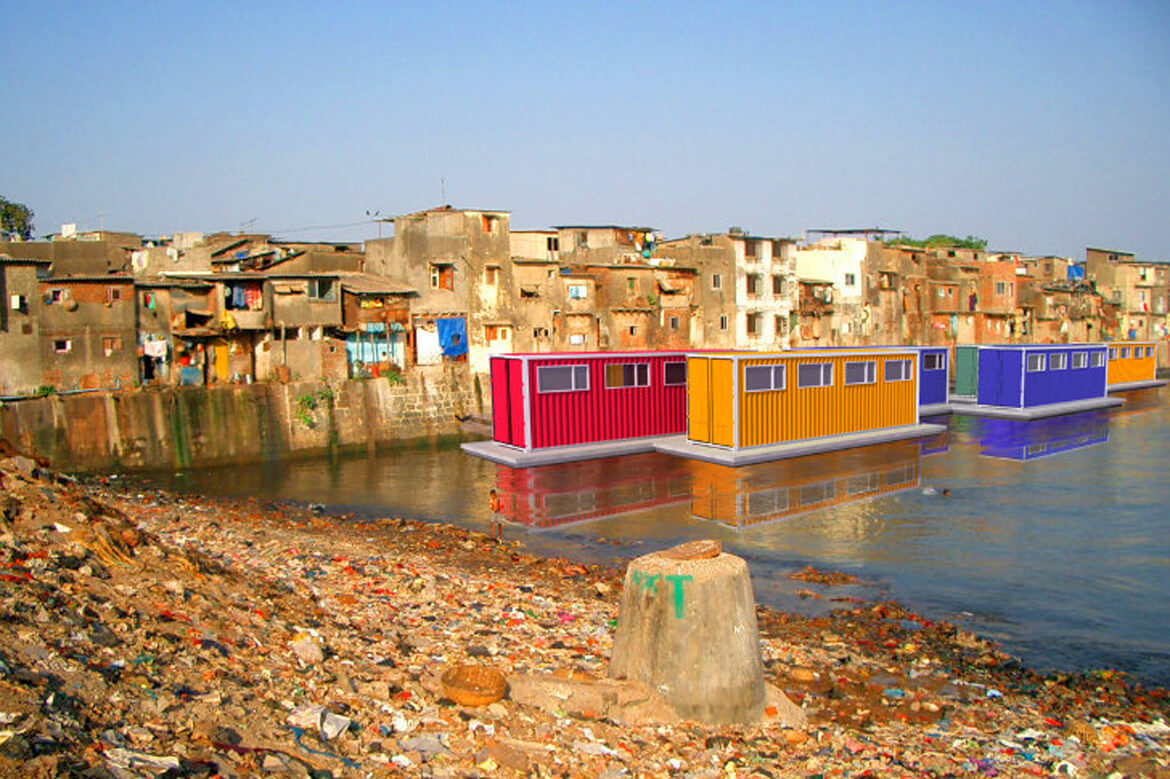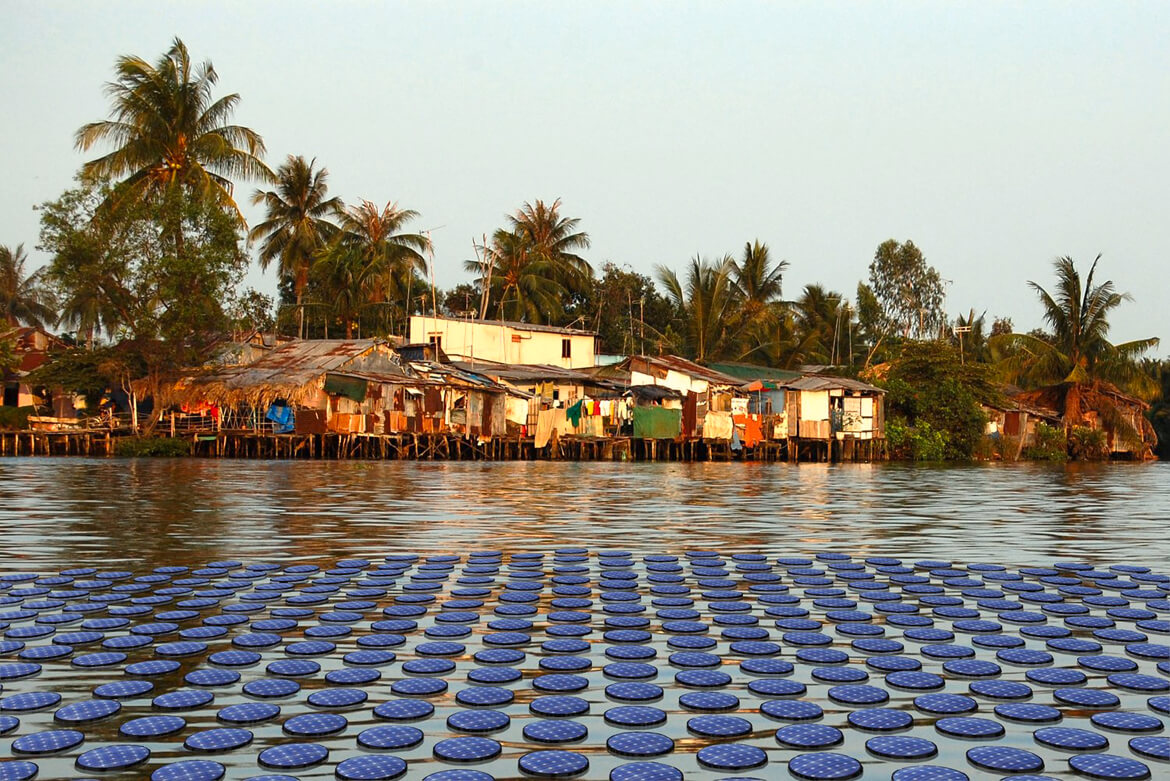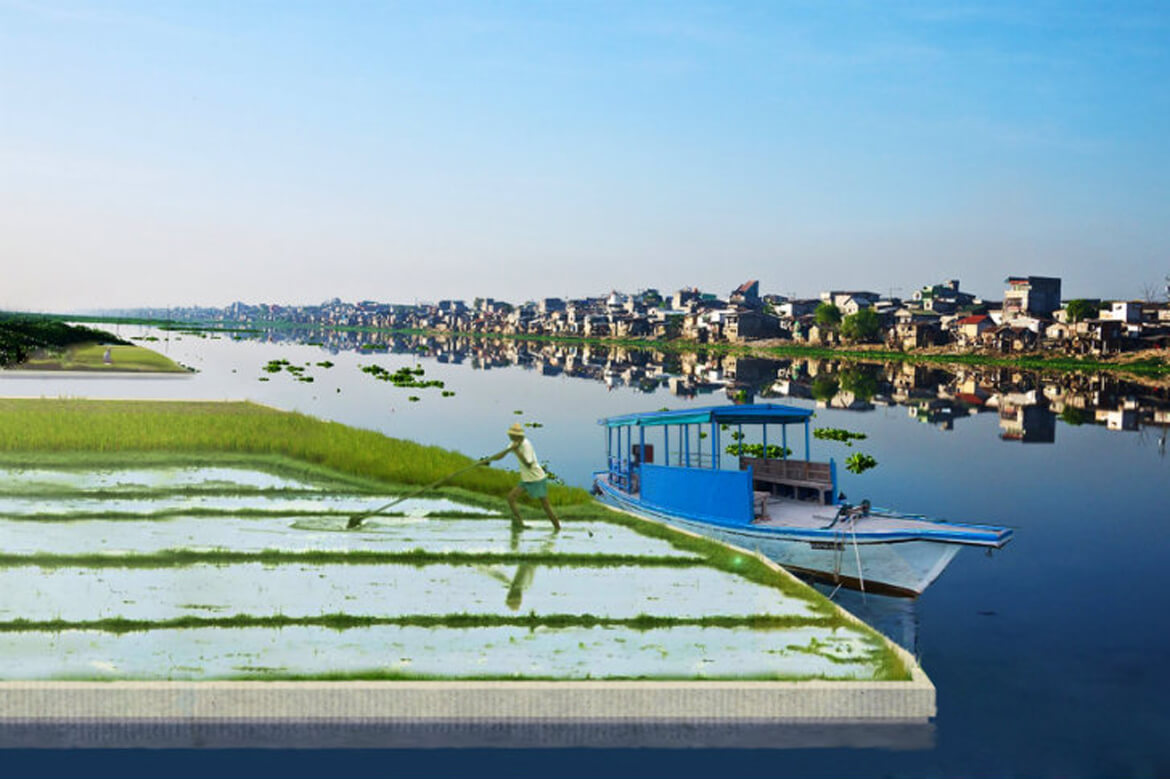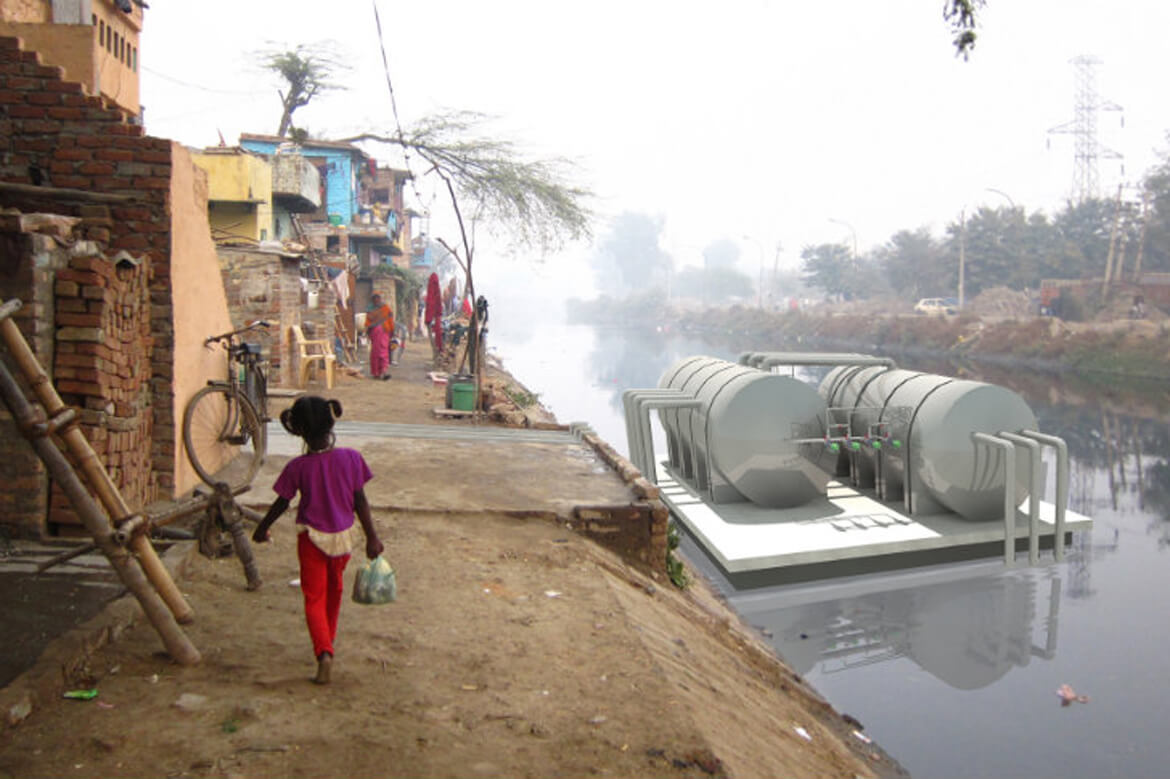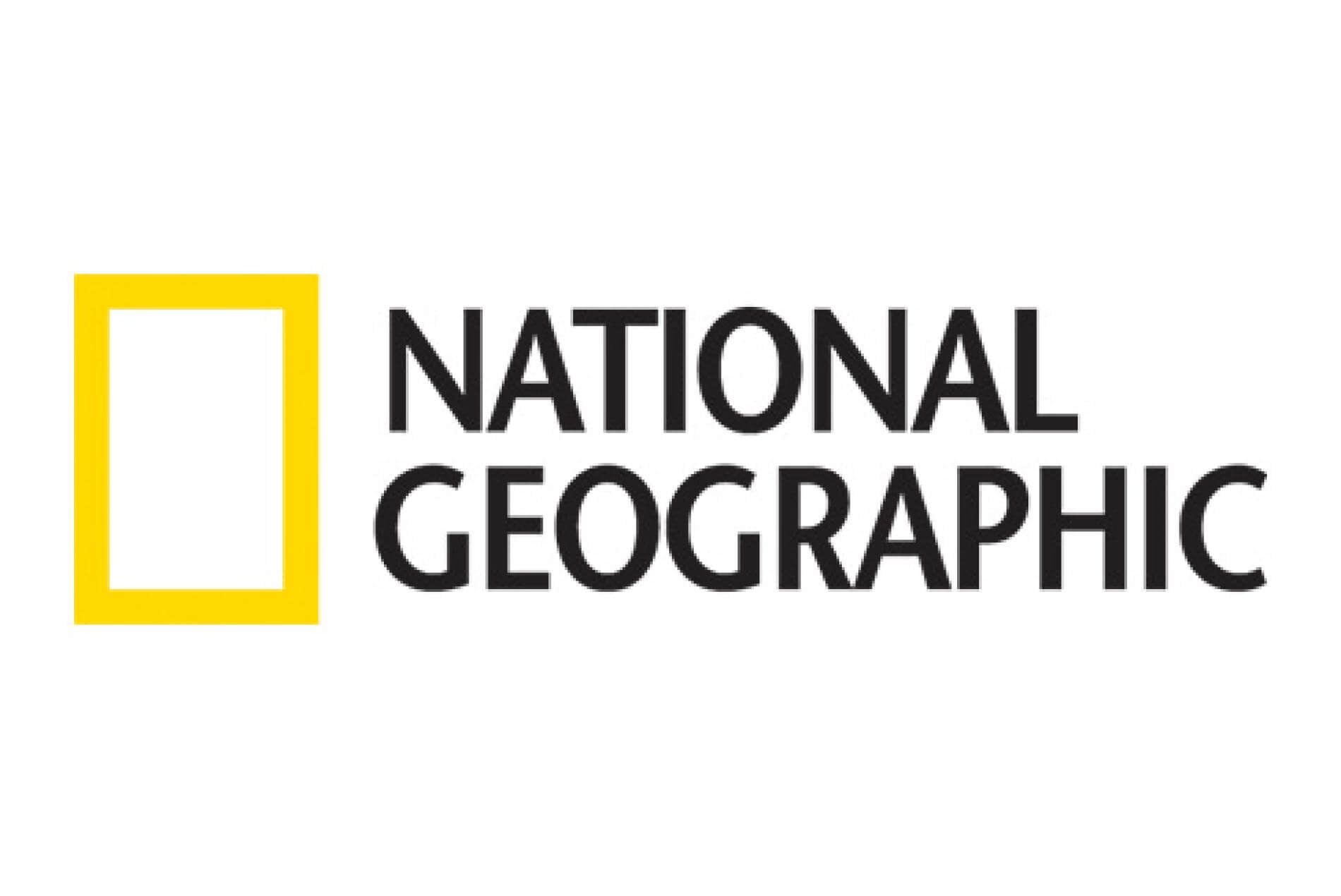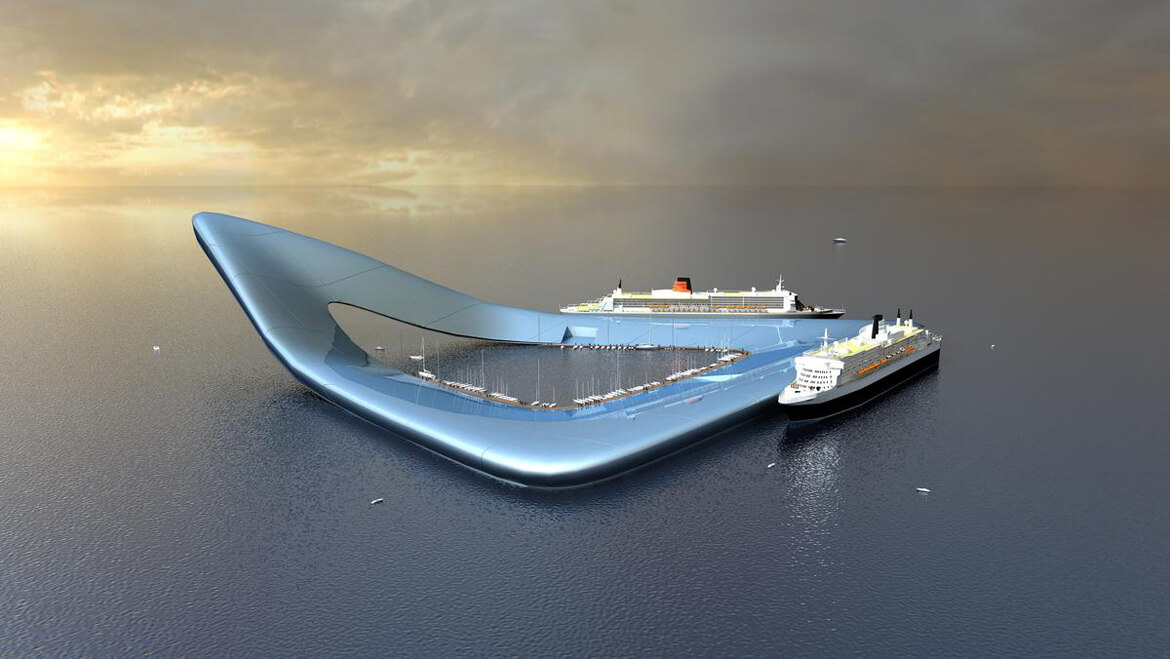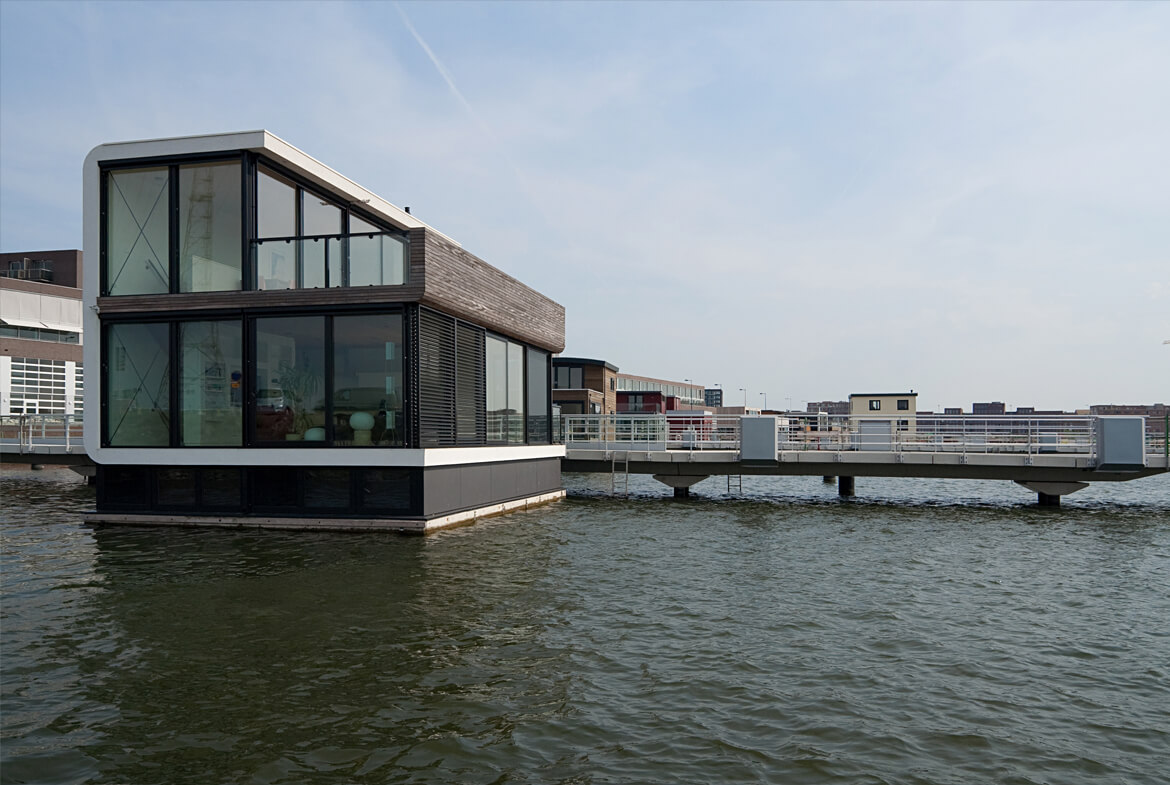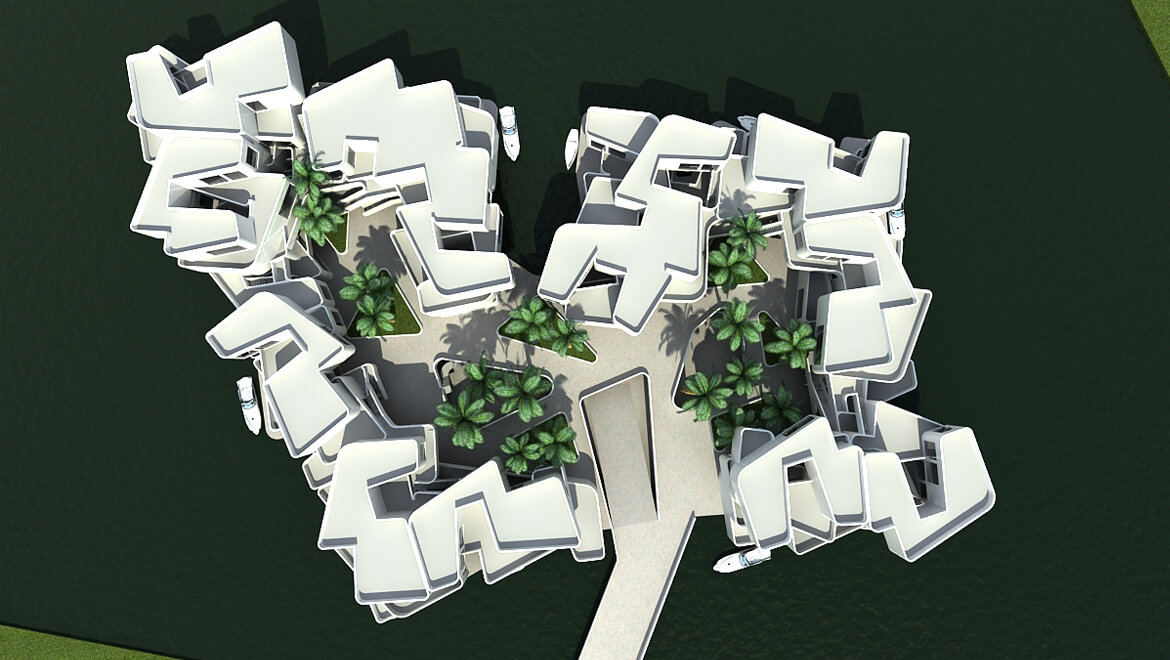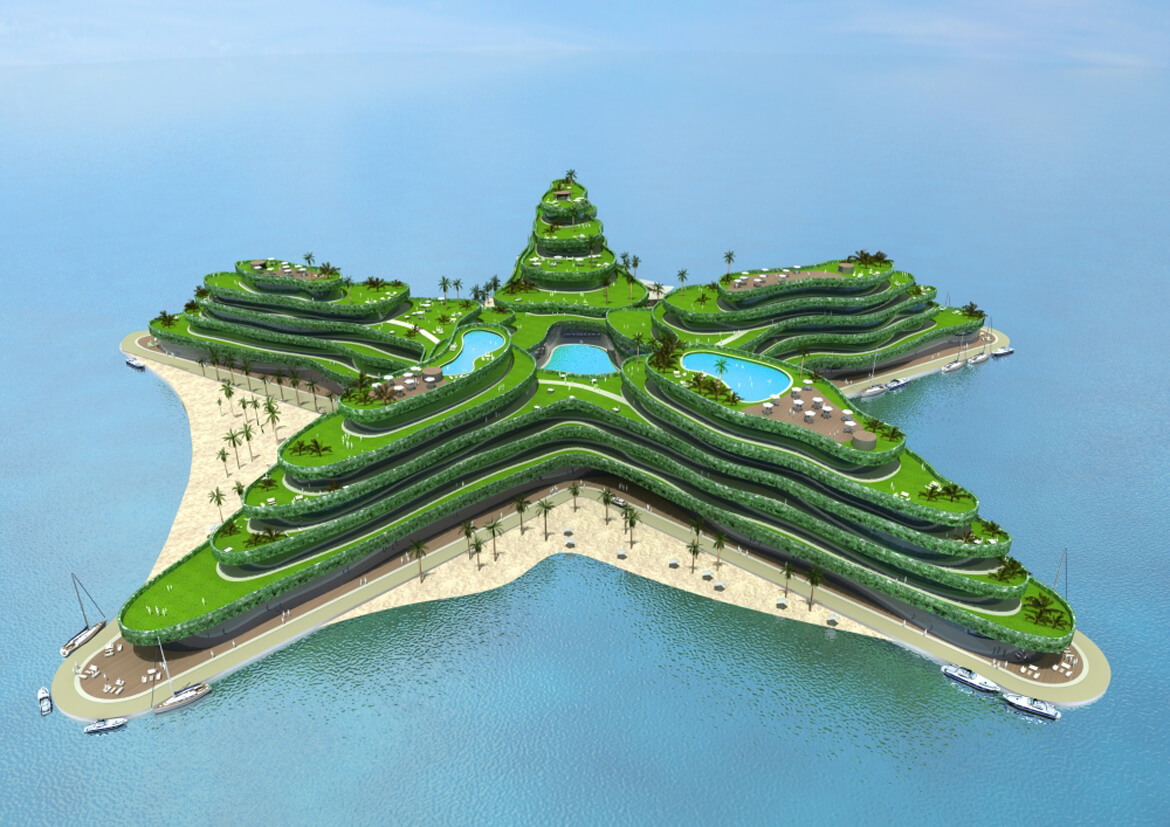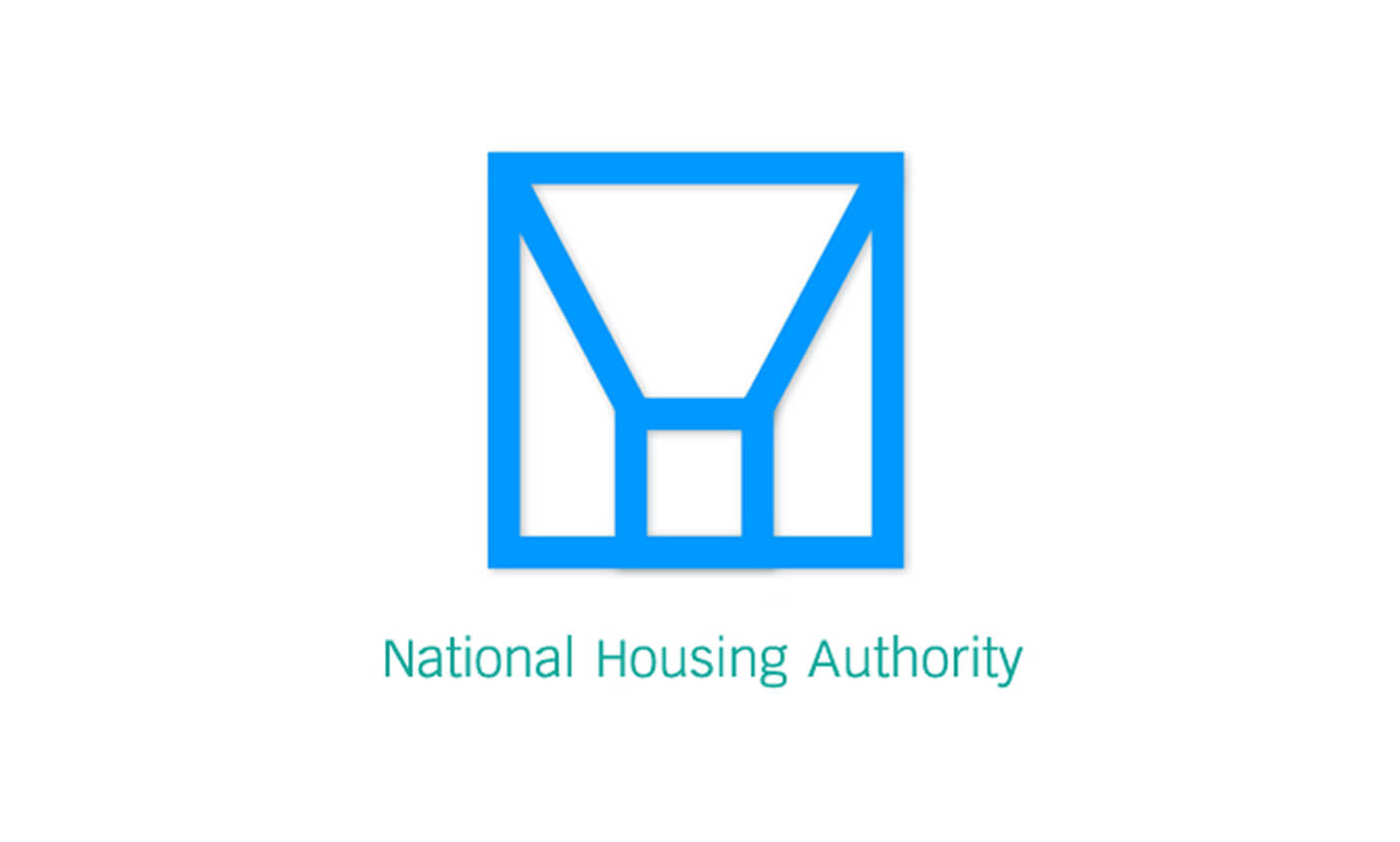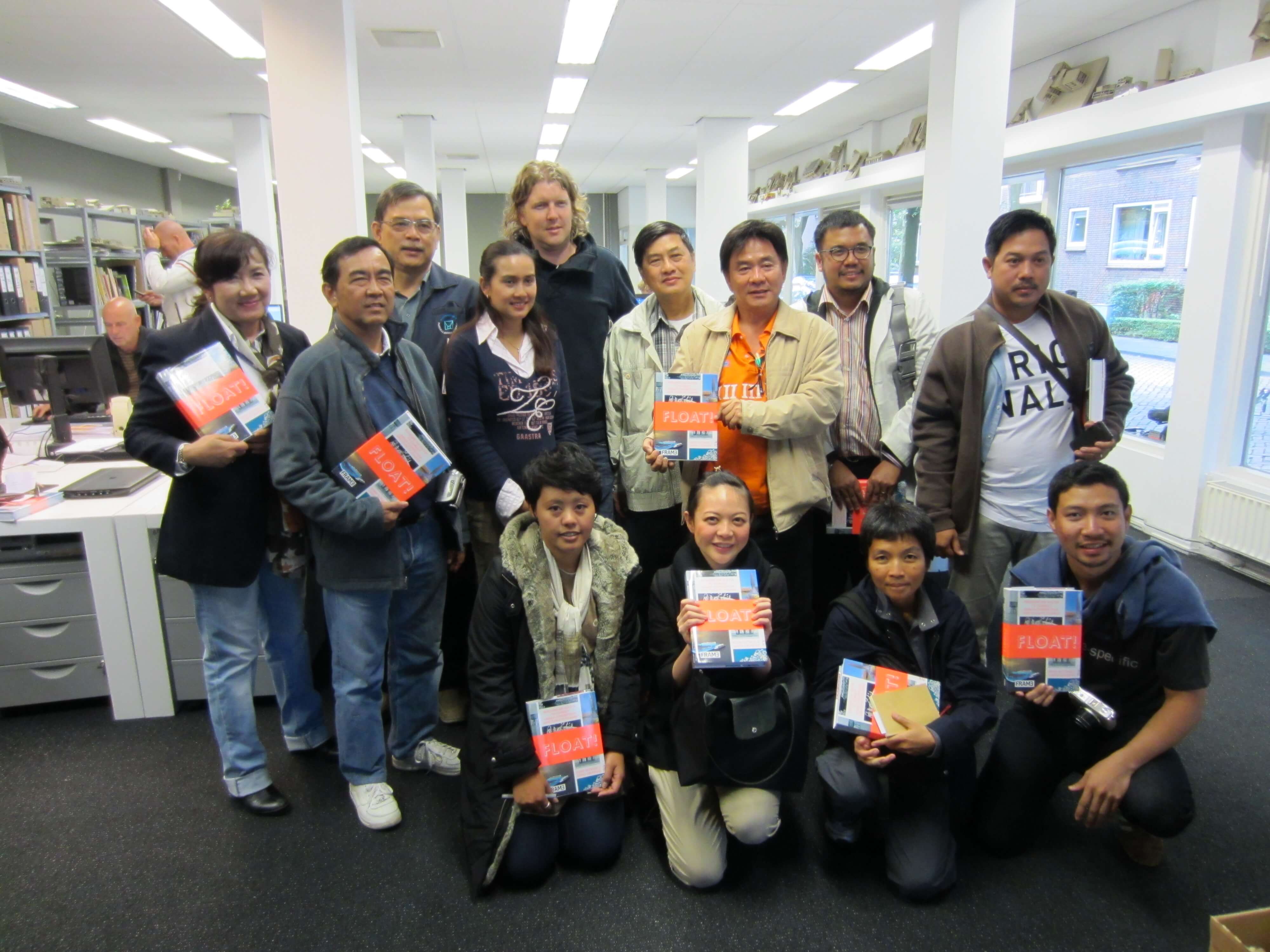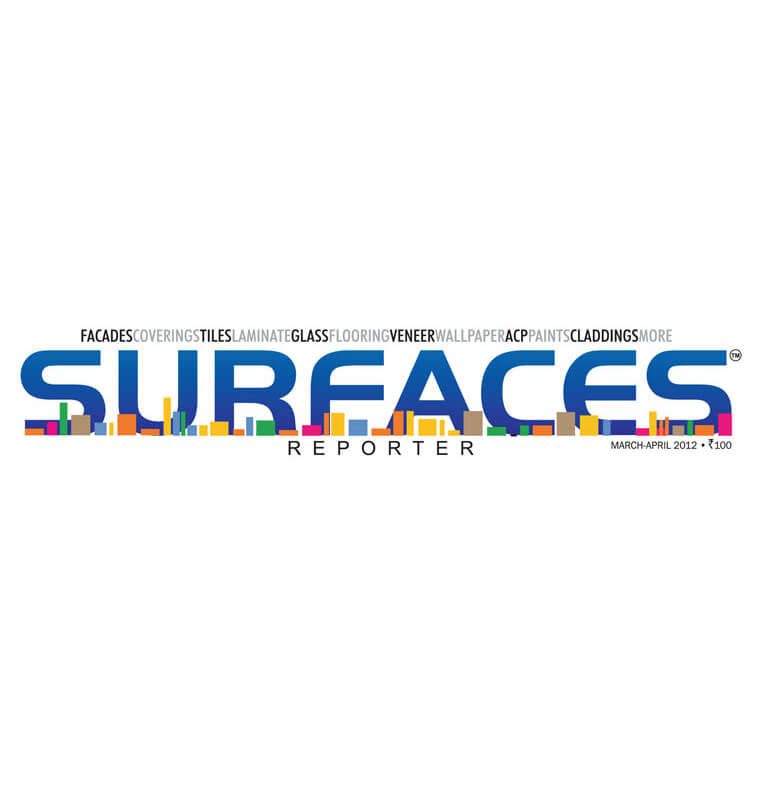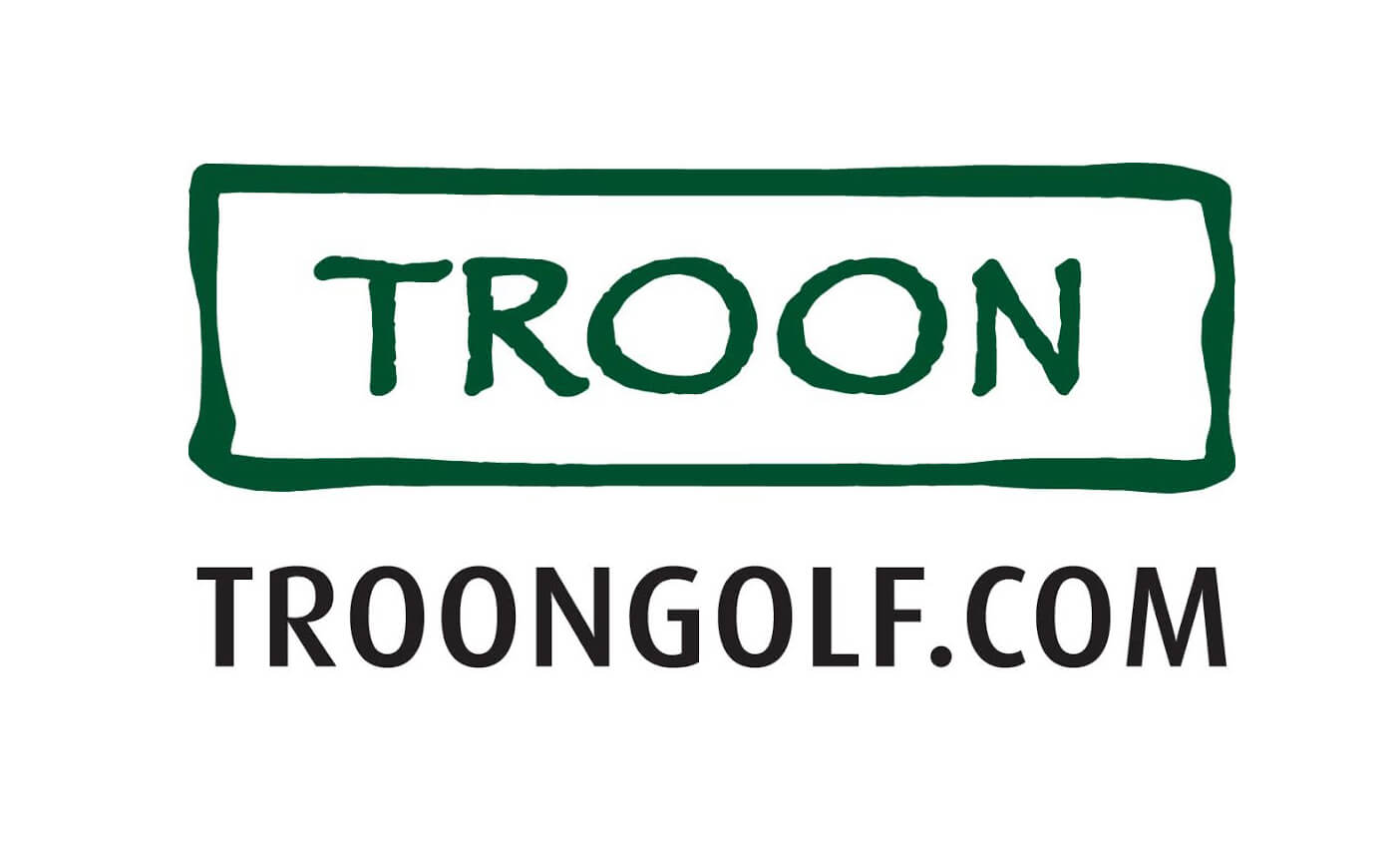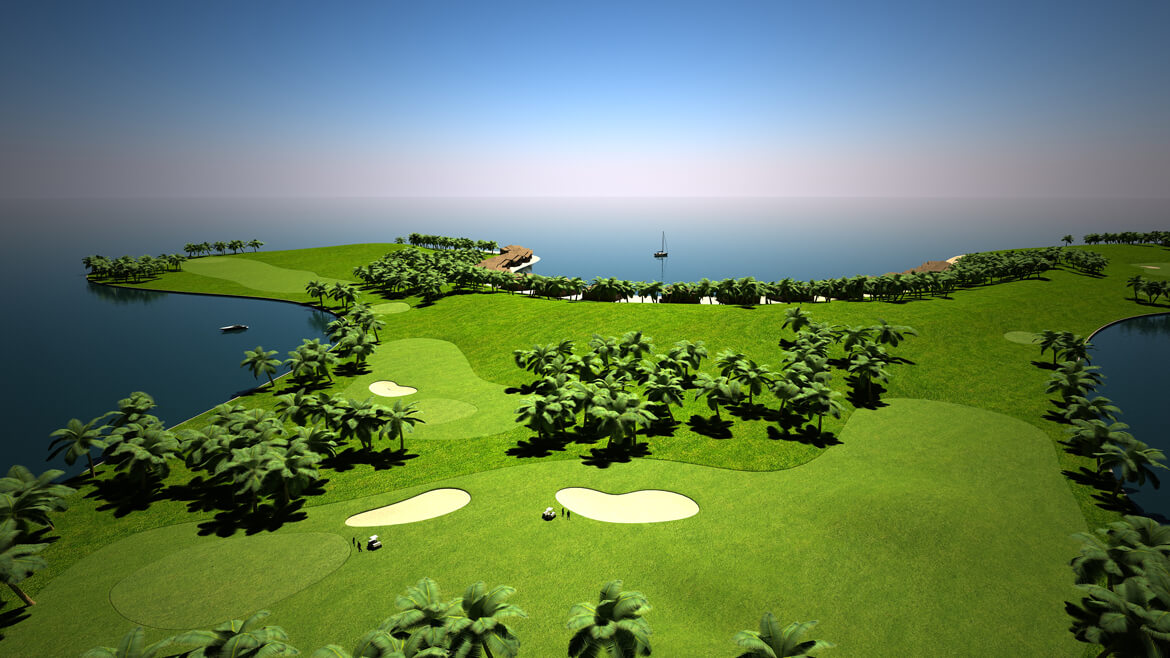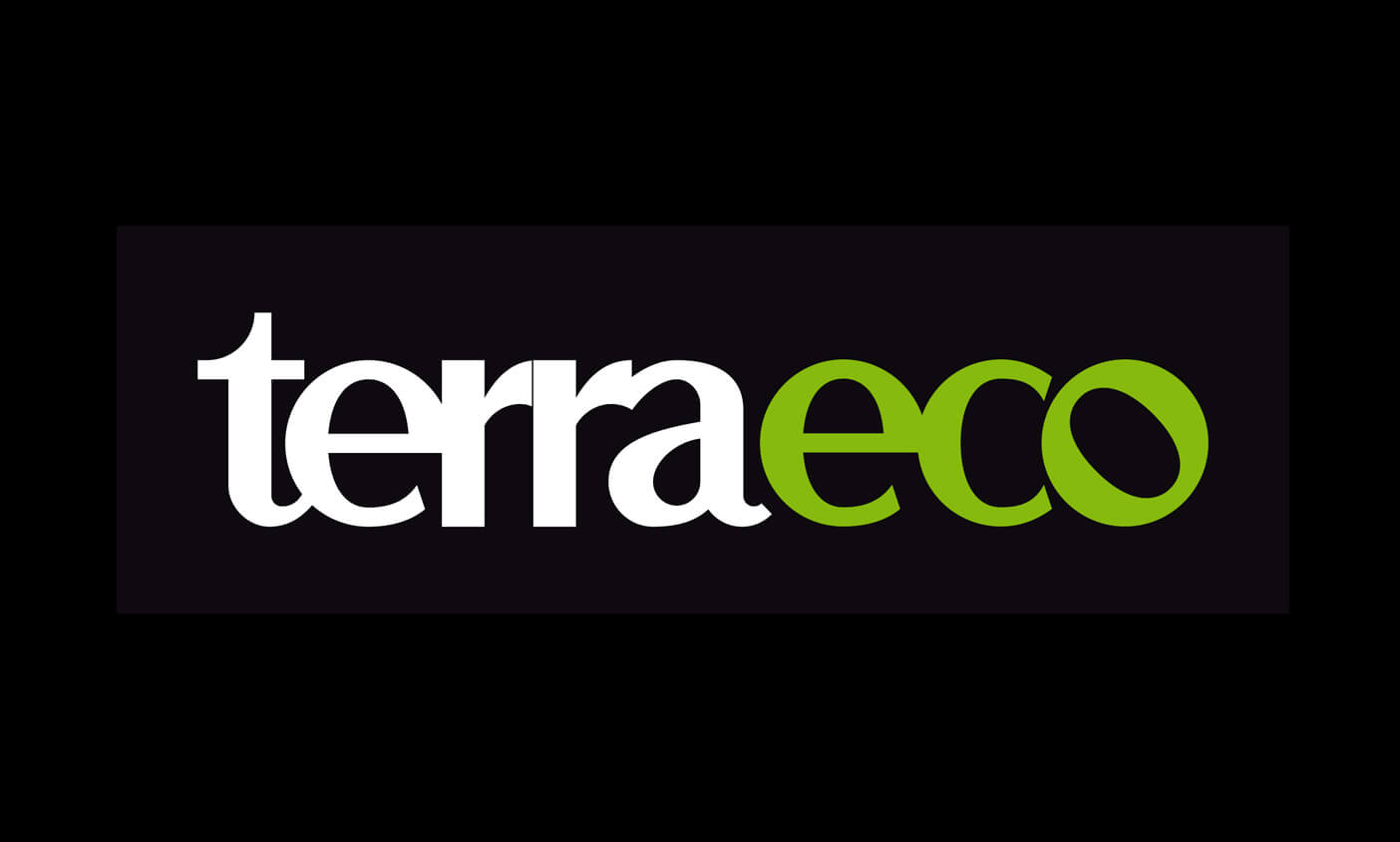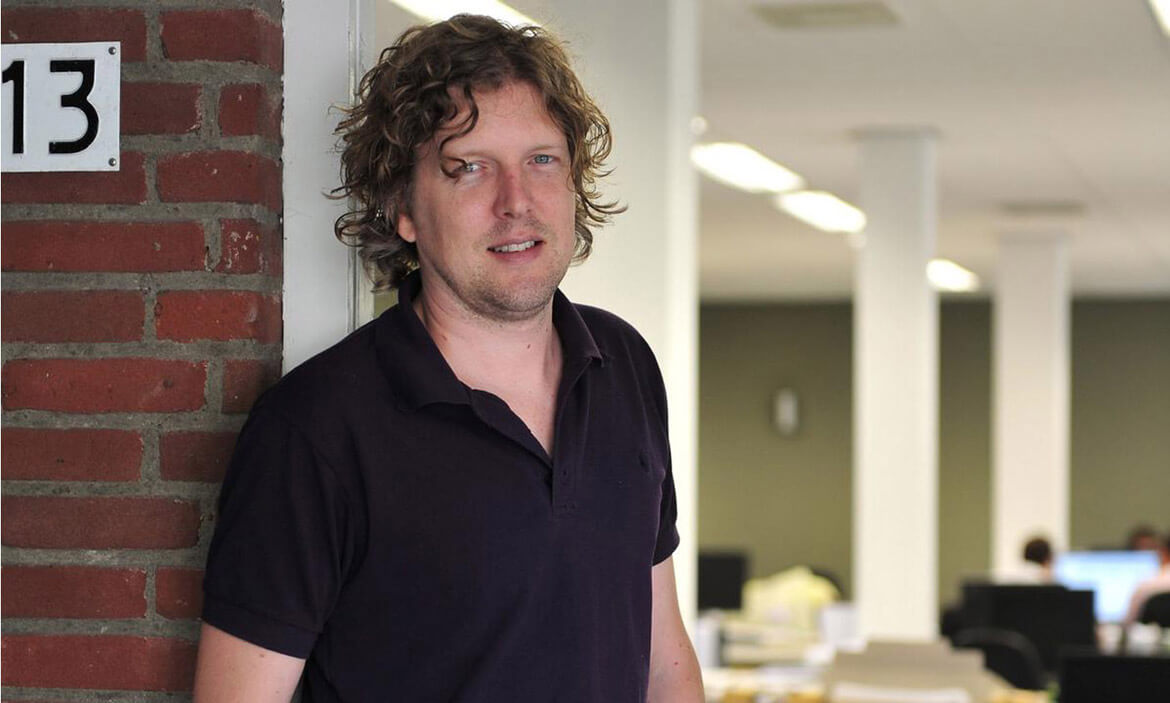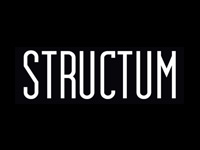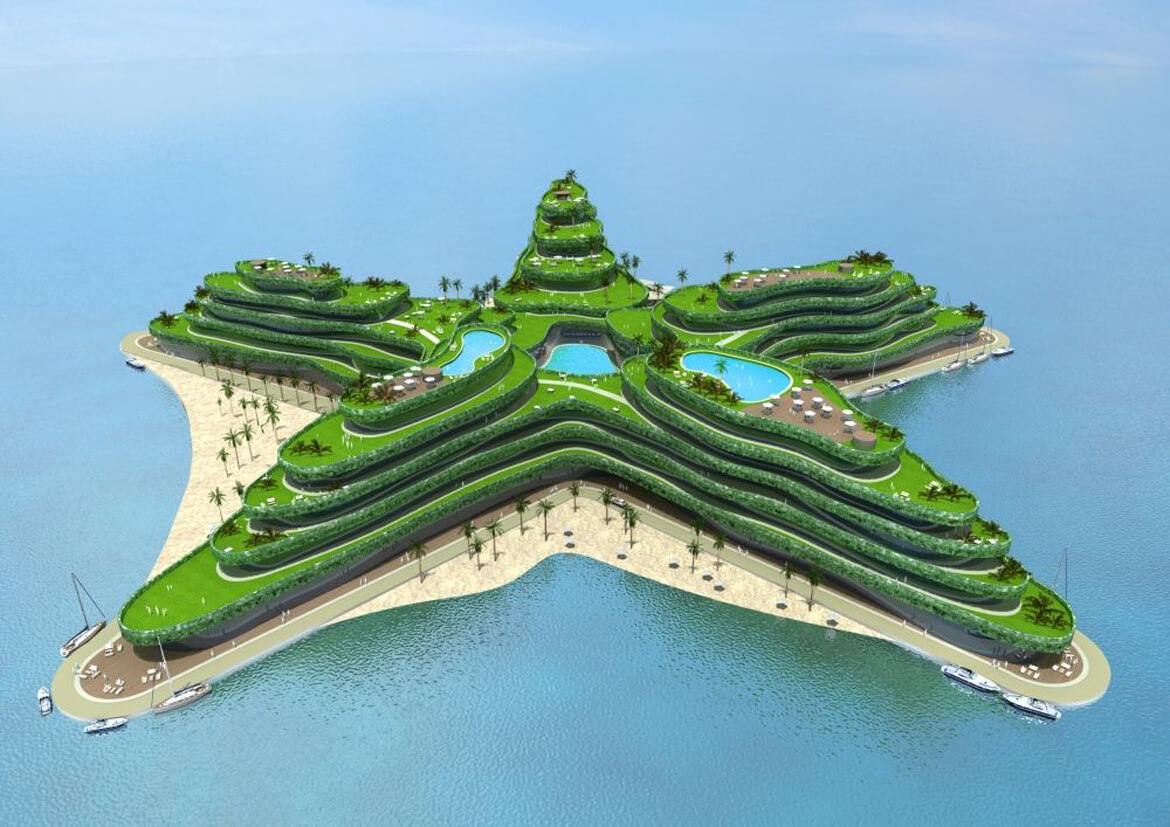


June 2014
Structum, Jurgita Siliuniene
Architektūriniai sprendimai ant vandens nėra įprasti ir kasdieniški, tad kokios klientų ir kolegų reakcijos sulaukia jūsų projektai?
Gyvename laikais, kai technologiškai beveik viskas yra įmanoma. Mes naudojame įprastas ir laiko patikrintas technologijas, kurios jau seniai taikomos projektuojant plūduriuojančias naftos platformas ar didelius kruizinius laivus.
Didžiausias iššūkis, su kuriuo susiduriame šiandien, – tai žmonių, tiek klientų, tiek valstybinių institucijų, mąstymas ir supratimas apie gyvenimą ant vandens. Manau, kad ateityje plaukiojantys pastatai ar net plaukiojantys miestai bus kasdienybė ir nedaug skirsis nuo įprastų miestų, prie kokių esame įpratę šiandien.
Žinoma, taip pat svarbu užtikrinti, kad plaukiojantys pastatai turėtų tą patį komforto lygį ir kainuotų tiek pat, kaip ir pastatai ant žemės. Vienintelis tokių architektūrinių sprendimų skirtumas – plūduriuojantis pagrindas, sudarytas iš plūduriuojančių platformų junginio, kurį prireikus galima praplėsti, prijungiant papildomas platformas. Tai mes vadiname „City apps“ – plūduriuojančių miestų komponentais. Tai gali būti papildomas stadionas, golfo aikštynas, naujas namų kvartalas arba nauji keliai.
Naudojant „City apps“ plaukiojantį miestą galima transformuoti ir pritaikyti pagal gyventojų poreikius. Tokie architektūriniai sprendimai labai tinka prie vandens įsikūrusioms bendruomenėms, yra mėgstami salynų kurortuose, be to, tai puiki galimybė tankiai apgyvendintoms teritorijoms, pavyzdžiui, Kinijoje.
Kokia buvo jūsų idėjos įgyvendinimo pradžia?
Jaunystėje mane labai žavėjo Olandijos kraštovaizdis, šalies vandens ir žemės struktūra. Tuo metu gyvenimas ant vandens buvo įmanomas tik specialiai tam pritaikytuose laivuose. Taigi siekdamas įgyvendinti savo idėją – apgyvendinti žmones ant vandens – 2002 m. pabaigoje įkūriau pirmąją pasaulyje miestų ant vandens architektūros įmonę „Waterstudio.NL“.
Esu šios rinkos pradininkas, tad teko įdėti nemažai pastangų, norint pakeisti plačiosios visuomenės suvokimą apie gyvenimą ant vandens.
Ar gyvenimas ant vandens turi tradicijų?
Olandijoje žmonės ant vandens gyvena jau daugiau nei 100 metų – čia yra įprastų laivinių namų, kurie plaukioja upėmis, miestų kanalais.
Kuo skiriasi architektūra ant žemės ir ant vandens?
Vienintelis dalykas, kuris skiriasi nuo sausumos, – plūduriuojantis pagrindas. Taip pat, jei namai statomi ant jūros paviršiaus, naudojamos sūriam vandeniui atsparios medžiagos.
Kiek ir kokių projektų esate įgyvendinęs?
Įgyvendiname savo sprendimus visame pasaulyje – Maldyvuose, JAV, Indijoje. Nyderlanduose jau pastatėme daugiau nei šimtą plūduriuojančių namų ir pastatų. Šiuo metu įgyvendiname ypatingą projektą – nedidelio biudžeto būsto sprendinius lūšnynų bendruomenėms.
Milijonai žmonių gyvena lūšnynuose prie vandens, jiems kyla nuolatinė potvynių ir cunamių grėsmė, tad mūsų tikslas, naudojant plaukiojančių namų architektūrinius sprendimus, padėti žmonėms susikurti tokį būstą, kuris nebūtų suniokojamas gamtos stichijų.
Tačiau ar saugus toks būstas ant vandens, ypač turint omenyje , kad jūros lygis kyla?
Taip, kai kyla jūros lygis, saugiausia vieta ir yra ant vandens.
Kokią įtaką miestai ant vandens turės architektūros tradicijoms?
Tai niekaip nepakeis pačios architektūros, tik pakeis mūsų mąstymą apie miestus, gyvenamąjį ar pramoninį būstą.
Šiuolaikiniai dizaineriai yra klimato kaitos karta, tad turėtų pradėti mąstyti apie dinamiškas, o ne statiškas statybų konstrukcijas.
Ar ši architektūra yra nekenksminga gamtai?
Mums labai svarbus ekologinis tvarumas. Ant vandens galime išgauti tvarią saulės energiją, be to, nenaudojamus namus lengva perkelti į kitą vietą. Palyginkite – ant žemės stovintys nenaudojami, griūvantys pastatai metų metus niekieno neprižiūrimi darko kraštovaizdį ar miesto architektūrą.
Vanduo mums suteikia unikalią galimybę kurti tvarias technologijas, taigi žaluma yra gerai, bet vandens žydrynė – dar geriau!
Click here to read the article
Click here for the website
